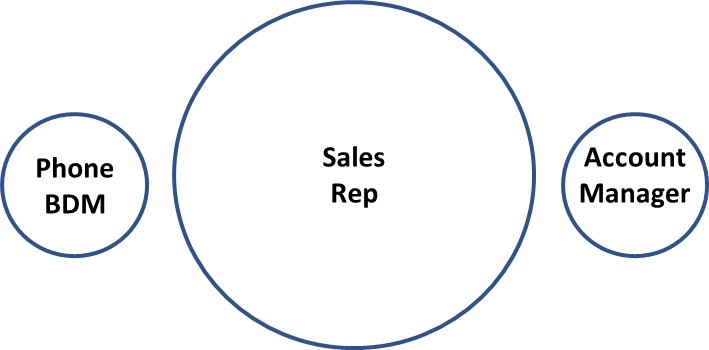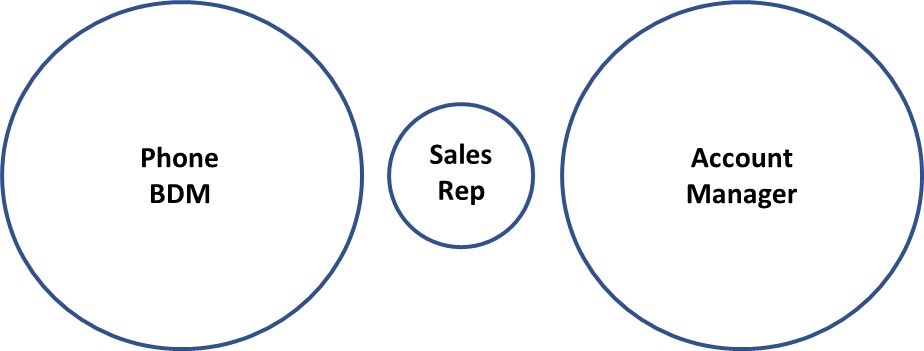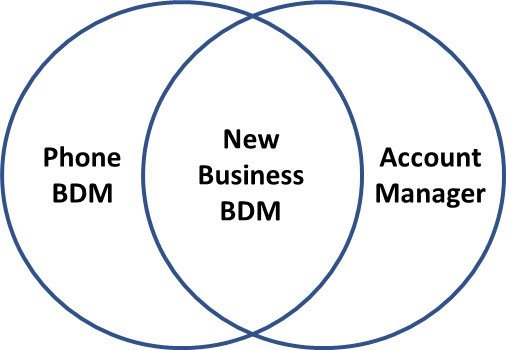How the Business Development Manager has evolved along with the modern business buyer. Paul Archer, Sales Coach, Author and Speaker, shares how and why the Sales Rep of old has evolved into the modern Trusted BDM. He also shares the key behaviours of a Trusted BDM to ensure your team are on the right road map.
Fondest Memories of the 1970’s
Fondest memories of the 1970’s? Ross Foods frozen roast beef and Yorkshire pudding and Sunday afternoon drives fighting my brothers in the back seat of my dad’s company car – a shiny Austin Allegro 100DL.
My dad was an old fashioned sales rep and worked for a number of companies in the 1970’s pretty much operating in the same way but selling different products to businesses in the South. He sold car hydraulics for P&R Hydraulics Hersham, frozen food from Ross Foods amongst others.
We were the only family on our road to have a company car – gleaming new with polished chrome – and they footed the fuel bill too. Handy for holidays in Cornwall towing the caravan.
The Sales Rep’s job was to rock up in front of their business customers, build rapport and persuade them to stock their products.
The car boot was full of samples, hence the frozen roast beef. Brochures and pamphlets littered the back seat, and they were one of the first cadre to have car phones fitted in the 1980’s.
The words trusted advisor, partner, problem-solver, credible source, consultative seller have been banded around. Some think these are the latest fads or trends, but the pure fact is, these are here to stay.
The reps continued flourishing well into the late 1990’s and some into the noughties, but most are long gone now. A relic of the past; the scary notion is many still operate in the same way under varying titles, particularly the synonymous BDM – Business Development Consultant. Some still regard and act like reps by any other name.
Why Has the Role of the Sales Rep Changed?
Let me explain how they came to become extinct and where the BDM has driven to in their gleaming company car.
The role of the BDM has changed simply because their buyers’ buying has evolved over the last ten or so years. The internet has driven much of this transition giving the buyer as much information online as my dad could stuff into his Austin Allegro boot and back seat. Pushing brochures, facts and benefits is a thing of the past now.
The internet has streamlined communications allowing buyers to go instantly to anyone in the firm via email, social media or instant chat. It has given growth to the inside BDM who uses the phone, video communication tools and social media to make contact and build relationships. Gone are the days when a rep could pop in and take two hours of a buyer’s time away and entertain them to lunch. Nowadays, the buyer would rather talk or email the underwriting manager direct than go through the BDM of old.
Buyers have the ability to go anywhere to buy their supplies and services with more and more being offered “amazon” style options. A client of mine in the electronic component market has revamped their website and now allows buyers to buy online any part or component they want and have them delivered tomorrow.
Buyers are more wise to the sales tactics of old because the techniques are freely available online to learn. Buyers are more wary generally in salesey methods – closing too tightly, overcoming objections and turning features into benefits.
BDMs in the traditional role of the sales rep bring little or no value to the buyer. Popping in with information on their latest product or service backed up by a feature-rich PowerPoint slide decks do not cut it anymore, yet many BDMs still insist on operating this way.
Today’s BDM Marketplace
What does the BDM marketplace look like now, and how is it metamorphosing? Let me show you in graphics:
The picture of the 1990’s was divided between phone sales, reps and account managers like this:

The size of the circle indicates the approximate proportion of salespeople in that role. In the noughties, this evolved to:

You can clearly see the demise of the old rep, with the salespeople transferring across to either phone BDMs or traditional account managers. Account managers have always farmed accounts – large, strategic or growing. Their role is very different to a new business BDM; they spend their time building relationships, influencing the various decision-makers in the firm, understanding needs and challenges and becoming a true partner. Some of my client account managers are even permanently stationed in the business and are regarded as part of the furniture.
The future is looking like this:

The Trusted BDM – Behaviours
The phone-based BDM or inside BDM will merge with the account manager to create the new business BDM. S/he is focused on new business and is targetted and incentivised accordingly. S/he can be based inside using a variety of modern communication tools – phone, social media, webcam, virtual reality headsets – or s/he can be based on the road.
Their role is more like the account manager of old than the traditional sales rep. S/he’s changed and is becoming a partner or trusted advisor to the business. Their psyche has changed. S/he’s no longer salesey, target driven or pushing products all of the time. S/he’s now developing the relationship, problem-solving and proving real value.
Sales of products follow. S/he knows this. The marketplace has changed – the world has changed – s/he has changed.
Various studies have become synonymous with this trend. The words trusted advisor, partner, problem-solver, credible source, consultative seller have been banded around. Some think these are the latest fads or trends, but the pure fact is, these are here to stay.
The days of the road warrior sales rep are long gone. The BDM has a whole new role to carry out; a complete suite of new skills and a rock-solid philosophy that their way is what the modern-day buyer yearns for.
I’ve used the phrase “Trusted BDM” to reflect all the descriptions.
How do you spot one?
- S/he is a relationship builder, constantly working on the connection with their client and associates in the business. This builds trust in her capability and confidence.
- S/he has patience and prepares for meetings thoroughly. S/he is expert at researching the internet for information about their customer.
- S/he has an insatiable appetite to learn about the company and the sector s/he is in. If s/he is a mortgage BDM, s/he learns about the entire financial services sector – it’s challenges and issues – s/he reads around the sector – blogs, periodicals, videos, podcasts, association websites.
- S/he is adept at being helpful with her customers. S/he can solve their problems and challenges with their expertise, knowledge and contacts. S/he leaves product pushing to others.
- S/he is confident at educating and teaching their customer everything s/he knows about solutions, the marketplace and the services available. S/he is known as a business coach.
- S/he is adaptable; flexible and is able to handle people differently according to their personality and drivers.
- S/he oozes empathy.
- S/he subconsciously asks lots of questions to involve the customer in all her ideas and consultancy. S/he coaches.
The business follows. S/he isn’t phased by the pressure of numbers and targets; their business levels are excellent, their customers happy to use their for the solutions they seek.
Come to think of it, how did frozen roast beef and Yorkshire pudding keep cold in the boot of my dad’s Austin Allegro? I’ll never know, but the taste is still with me now, and the memory of my sales rep dad lives on.
If you want to consult with Paul personally on your objectives and challenges, contact him at paul@paularcher.com or on LinkedIn at www.paularcher.uk




